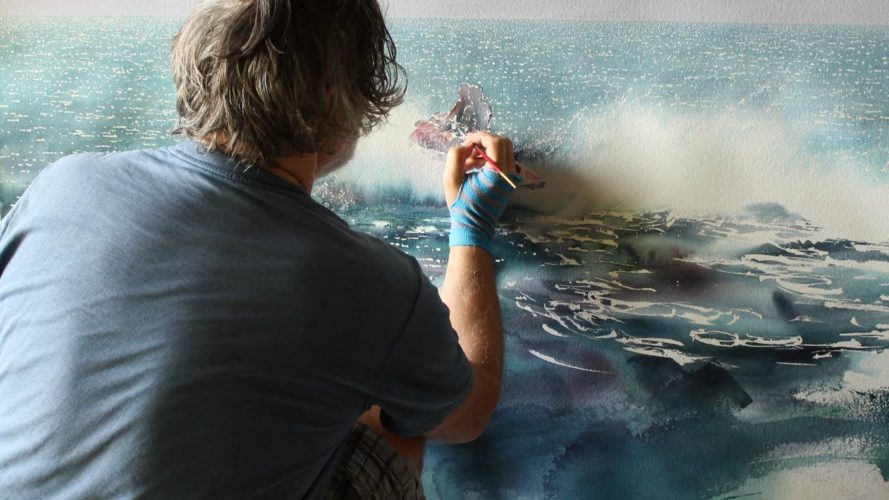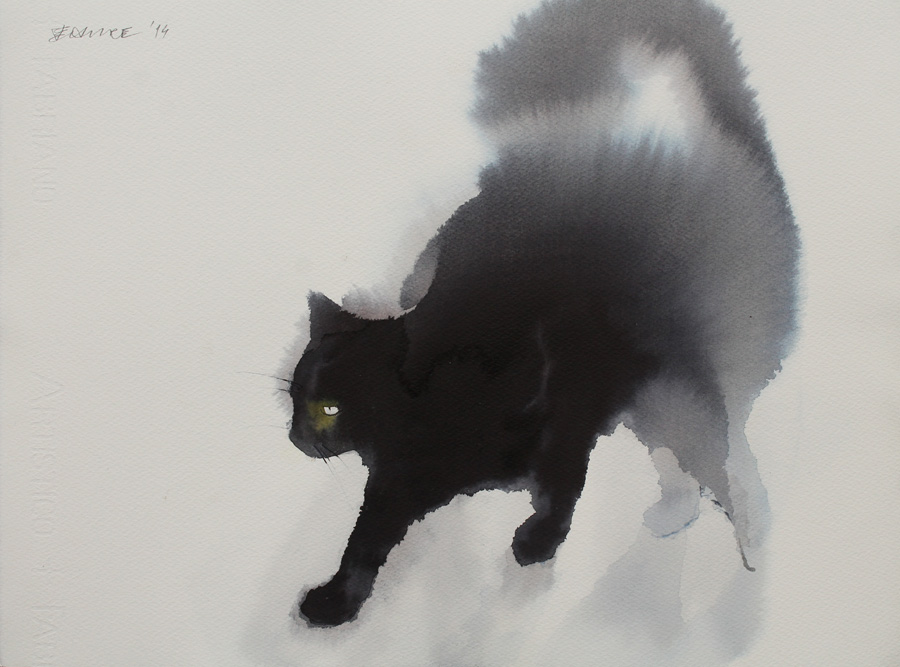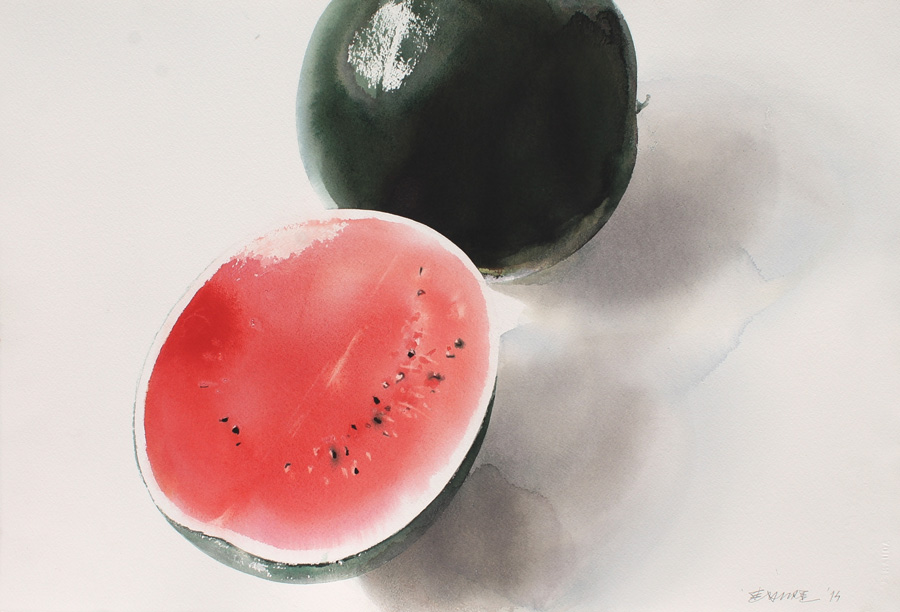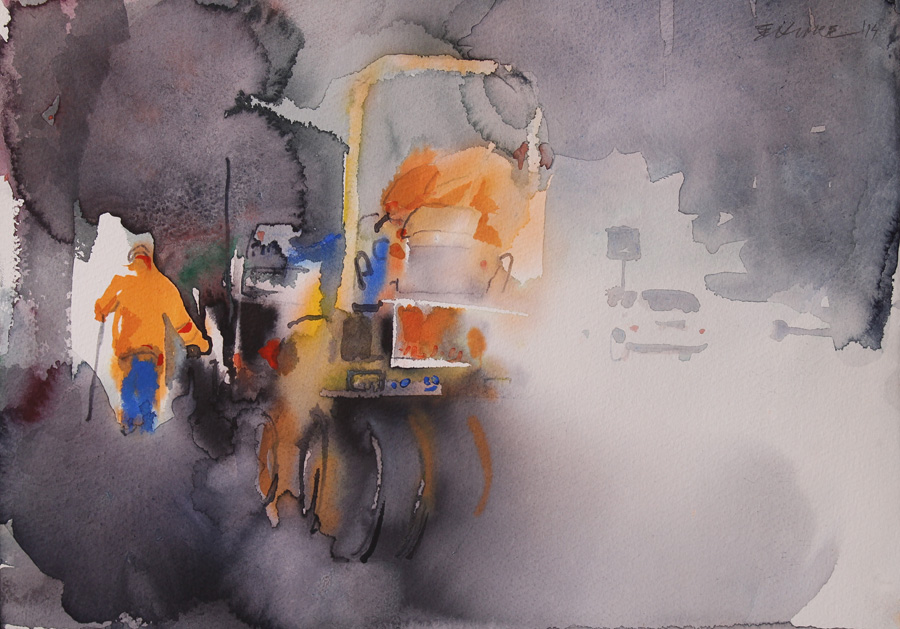02:53

Serbian artist Endre Penovac, whose works have been popular on the Chinese internet for many years, uses traditional Chinese ink painting techniques to convey his expressions of modern beauty and nature.
CGTN interviewed Penovac about how he started painting and where his style came from.
Penovac was born in Tornjos, a village in Serbia, in 1956 and completed his studies at the Academy of Fine Arts in Serbia's Novi Sad. He is an independent artist and has been exhibiting since 1981 across Europe.
"I've been following Chinese culture for at least 40 years and getting more and more interested. It can be said that when I was not engaged in painting, I began to pay attention to the culture of the Far East and was attracted by it," Penovac told CGTN.

"Cat," a watercolor by Endre Penovac. /Endre Penovac
"Cat," a watercolor by Endre Penovac. /Endre Penovac
His relationship with Chinese painting started with an exhibition in the 1980s.
"It was in the 1980s that I came into contact with Chinese painting techniques at an exhibition of ancient Chinese art held in Zagreb, the capital of Croatia, and I was deeply impressed," Penovac said.
The ancient Chinese painting that fascinated Penovac was called dan qing. Traditional Chinese painting can depict vivid landscapes, scenery, figures, portraits, plants and animals. Unlike Western painting, Chinese painting focuses on the artistic conception rather than a specific scene.

"Watermelon," a watercolor by Endre Penovac. /Endre Penovac
"Watermelon," a watercolor by Endre Penovac. /Endre Penovac
"The longer I looked at them, the more it seems that they knew everything already half a millennium ago about painting," said Penovac.
At the time, Penovac's skills were not sophisticated, but the exhibition stimulated his interest in Chinese painting. With the gradual development of the internet, he had the opportunity to learn traditional skills, which also laid the foundation for his later art style.
In order to better understand the creative methods of traditional Chinese painting, Penovac began to read a lot about history and other aspects of relevant knowledge. He hoped his works would have profound connotations, instead of simply painting ink on the paper.
For Penovac, Chinese painting was a good way to help him practice his philosophy of life. He said that he always tried to bring his paintings close to the spirit of Taoism, an influential philosophy from ancient China philosopher Lao Tzu.

A watercolor by Endre Penovac. /Endre Penovac
A watercolor by Endre Penovac. /Endre Penovac
"People have always sought to live in harmony with nature. The same is true of what I want in life," said Penovac. "In terms of art, I find the best examples of this pursuit in traditional Chinese paintings, in which people, animals, plants or even just a flower or an insect can all be in the same important position as people and in perfect harmony."
Penovac's works are always closely related to nature. Whether it is a sleeping cat, a rooster walking leisurely or a stream flowing quietly in the forest, his works show harmonious and beautiful scenes in nature.
"I usually don't spend a lot of time looking for my subject matter; it is usually pulled from my surroundings," he said. "I believe my message as an artist is more meaningful, deeper and more authentic when I explore themes that I know the best."
(Cover: Endre Penovac is photographed while painting. /Endre Penovac)

